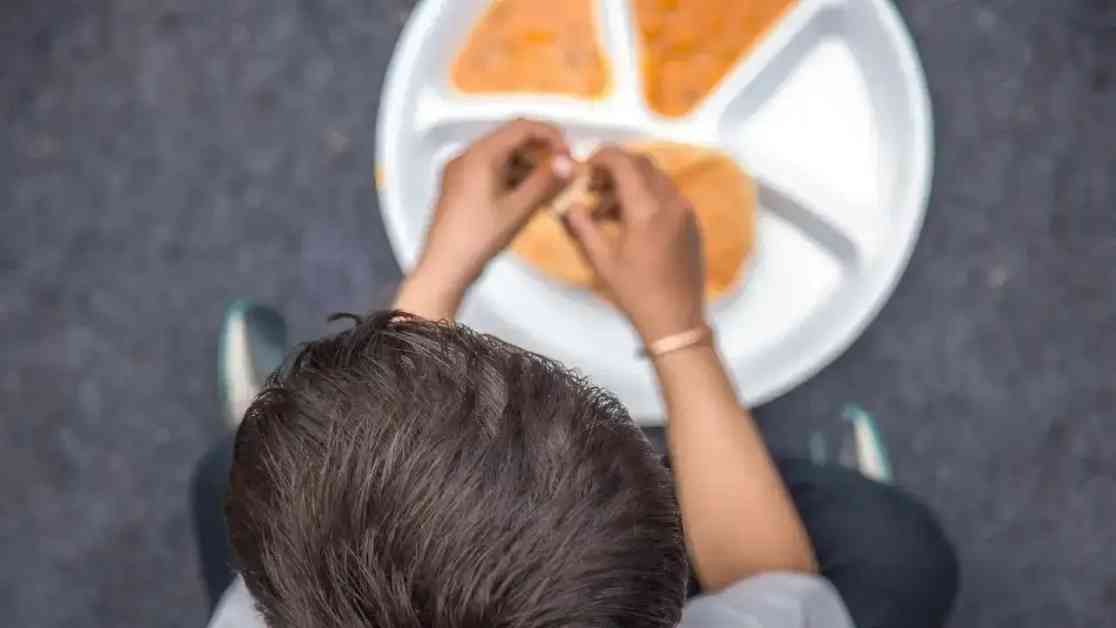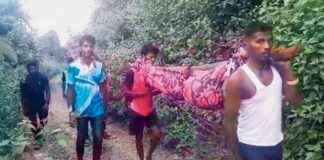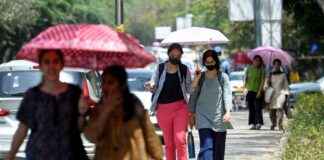Nine young children in Mumbai found themselves hospitalized due to suspected food poisoning after consuming castor seeds. The incident, which occurred in the Malad area, left four of the children initially placed on ventilator support at the civic-run Shatabdi Hospital in Kandivli. Fortunately, their condition eventually stabilized, bringing a sense of relief to worried parents and medical staff alike.
The group of children, ranging from four to seven years old, hails from the Kurar neighborhood in Malad. Among them were five girls, all experiencing symptoms such as loose motions and vomiting after ingesting the seeds. Despite the initial scare, the children are now in stable condition, thanks to the swift response of healthcare professionals.
Expert Insights on Food Poisoning
Dr. Smith, a renowned pediatrician specializing in food poisoning cases, shed light on the dangers of consuming castor seeds. He emphasized the importance of educating parents and children about the potential hazards of ingesting such substances. “Castor seeds contain ricin, a toxic compound that can lead to severe symptoms like abdominal pain, nausea, and diarrhea. It’s crucial to keep such items out of reach of children to prevent accidental ingestion,” Dr. Smith explained.
Community Response and Support
The incident sparked a wave of concern and empathy within the local community, with neighbors and residents rallying together to offer support to the affected families. “It’s heartbreaking to see young children fall ill due to something as seemingly harmless as castor seeds. We need to raise awareness and ensure that such incidents are prevented in the future,” remarked a concerned neighbor who organized a community meeting to discuss safety measures.
As the children continue their recovery under the watchful eye of medical professionals, this incident serves as a stark reminder of the importance of food safety and vigilance in safeguarding the well-being of our youngest community members. By coming together as a community and staying informed about potential risks, we can create a safer environment for all children to thrive and grow.




















